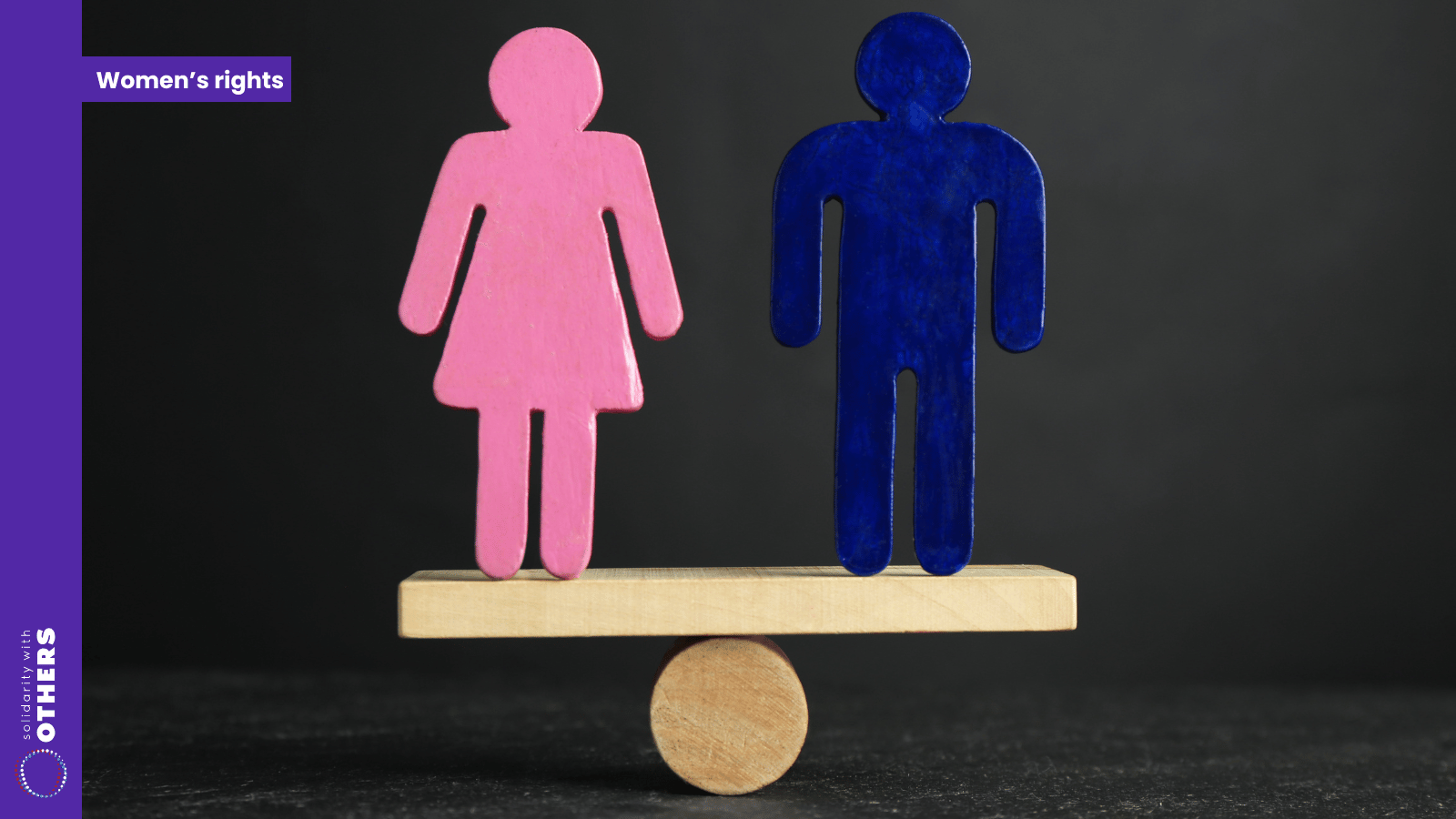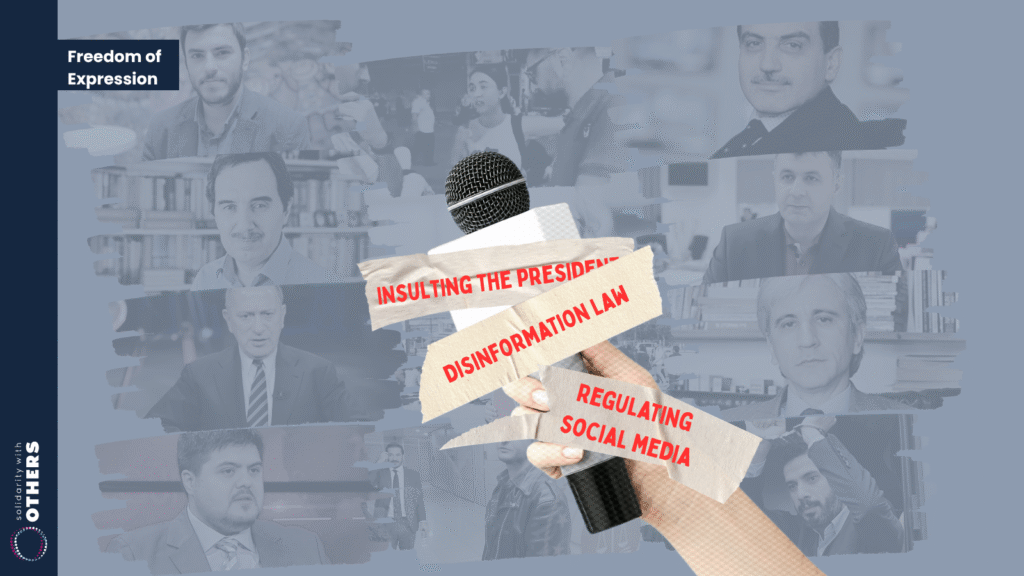
Ahsen Ayhan
Gender equality is a foundational principle of justice and social development. At its core, gender equality refers to the state in which individuals of all genders have equal rights, responsibilities, and opportunities in every sphere of life—whether in education, employment, political participation, or family life. Despite its centrality to democratic values and human rights, achieving true gender equality remains a global challenge.
What Is Gender? A Social Construction
To understand the significance of gender equality, it is first necessary to explore what we mean by “gender.” Unlike biological sex, which refers to physical characteristics, gender is a social construct. This means that ideas about what it means to be “feminine” or “masculine” are shaped by culture, history, and power relations. As Joan Acker (1992) explains, gender is “a patterning of difference and domination through distinctions between women and men,” and it influences not only our identities but also the structures and institutions that govern everyday life.
Gender norms assign different roles, behaviors, and expectations to individuals based on their perceived sex, often resulting in unequal treatment and opportunities. These roles are neither fixed nor universal; they shift across time and culture.
Judith Butler adds another important layer to our understanding of gender. She argues that gender is not something one is, but something one does—a repeated performance shaped by social expectations. According to Butler (2010), “Gender is the repeated stylization of the body, a set of repeated acts within a highly rigid regulatory frame that congeal over time to produce the appearance of substance.” This means that gender is both produced by society and reproduced through our actions and choices, often unconsciously.
How Power Works Through Gender
Power is central to these processes. As Wharton (2005) emphasizes, gender shapes not only personal identities but also our interactions, institutions, and systems of governance—all of which are saturated with power dynamics. These dynamics frequently position women as subordinate to men, thereby limiting their opportunities for autonomy, leadership, and self-definition.
As Simone de Beauvoir famously wrote in The Second Sex, “One is not born, but rather becomes, a woman” (de Beauvoir, 1949, p. 267). This profound statement underscores the notion that femininity is not a natural state but a cultural and social construction. She further critiques the secondary status of women by stating, “He is the Subject, he is the Absolute—she is the Other” (de Beauvoir, 1949, p. 16). This framing reveals how women have historically been defined not by their own identity, but in contrast and in subordination to men.
Feminist Theory: A Lens for Understanding Gender Inequality
This notion of women as the “Other” reflects how societies often define women not by who they are, but in relation to men. Eva Gothlin echoes this sentiment: “For women, being the Other has meant being as others want them to be, not being self-defining, individualized subjects.” These hierarchical relations result in systemic discrimination, exclusion, and the denial of agency to women and other marginalized genders.
Feminist theory plays a crucial role in revealing these dynamics. As Lengermann and Niebrugge (2011) note, feminist theory is a “generalized, wide-ranging system of ideas about social life and human experience developed from a women-centered perspective.” This perspective seeks to expose how gendered power operates in different areas of life and to offer alternatives that promote justice and inclusion.
Efforts toward gender equality have taken various forms over time. Legal reforms have addressed some dimensions of inequality—granting women the right to vote, to own property, or to access education and employment. However, legal equality alone cannot eliminate the subtle and pervasive forms of discrimination that exist in daily life.
Social norms that suggest women should be caregivers, that men must be dominant, or that non-binary identities are invalid, continue to limit individuals’ potential and reinforce unjust power dynamics. Even in societies with progressive gender laws, cultural and institutional barriers can hinder the realization of genuine equality.
Why Gender Equality Matters for Everyone
Moreover, gender inequality is not only a matter of justice—it is also a matter of progress. Societies that promote gender equality tend to be more inclusive, democratic, and prosperous. According to the United Nations, when women and girls have equal access to education and economic resources, entire communities benefit. Gender equality contributes to poverty reduction, improved child health and education outcomes, and stronger economies.
Conversely, countries that fail to address gender disparities often struggle with instability and underdevelopment. Gender inequality is thus not only a violation of individual rights but also a barrier to collective progress.
Nevertheless, advancing gender equality requires more than policy; it necessitates cultural change. Changing how people think about gender—how they raise their children, how they view leadership, how they distribute domestic labor—is essential.
Media, education systems, religious teachings, and public discourse all play powerful roles in shaping gender norms. Therefore, promoting gender equality involves not only legal and institutional reforms but also everyday conversations, community practices, and cultural representations.
Feminist movements, both historical and contemporary, have been instrumental in driving these changes. From the suffragettes of the early 20th century to recent global movements like #MeToo, women and allies have fought for recognition, rights, and representation. These movements highlight the power of collective action and grassroots organizing in achieving long-term transformation.
Importantly, they remind us that the struggle for gender equality is ongoing and that progress is often met with resistance. As Beauvoir notes, “The most mediocre of males feels himself a demigod as compared with women” (de Beauvoir, 1949, p. 139). Undoing such entrenched attitudes requires persistent and multidimensional efforts.
Conclusion: A Call to Action
In conclusion, gender equality is about more than simply treating everyone the same. It is about recognizing and addressing the unequal structures that limit individuals based on their gender. It means creating opportunities for all people to lead lives of dignity, autonomy, and fulfillment—regardless of whether they are born male, female, or outside of the binary.
Feminist theory provides a critical framework for understanding how gender works and for imagining a more just world. Undoing deeply rooted inequality is not just a moral obligation but a necessary step toward a better and fairer society. If we want societies where everyone can flourish, we must continue the work of challenging inequality and expanding freedom—not just for women, but for people of all genders.
References
Acker, J. (1992). From sex roles to gendered institutions. Contemporary Sociology, 21(5), 565–69.
Butler, J. (2010). Gender Trouble: Feminism and the Subversion of Identity. Routledge.
Lengermann, P. M., & Niebrugge, G. (2011). Feminist theory. In G. Ritzer & J. Stepnisky (Eds.), Sociological Theory (pp. 453–484). McGraw-Hill.
Wharton, A. S. (2005). The Sociology of Gender: An Introduction to Theory and Research. Blackwell Publishing.
de Beauvoir, S. (1949). The Second Sex. Vintage.
Gothlin, E. (1999). Sex & Existence: Simone de Beauvoir’s ‘The Second Sex’. Athlone Press.





